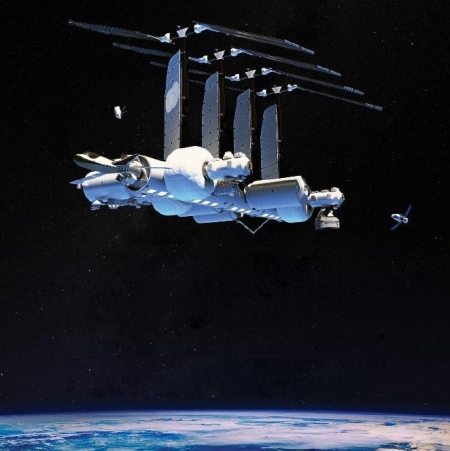NASA buys more Dragon manned flights
Capitalism in space: To give it some coverage because of continuing delays in Boeing’s Starliner manned capsule, NASA announced yesterday that it has awarded SpaceX contracts for three more manned Dragon manned flights to ISS.
NASA issued a contract notification announcing its plans to issue a sole-source award to SpaceX for three missions. Those missions would be in addition to the six “post-certification missions,” or PCMs, that SpaceX won as part of its $2.6 billion Commercial Crew Transportation Capability (CCtCap) contract in 2014. The announcement did not state the price of those three new missions.
This is money that would have gone to Boeing, if it had gotten its act together and gotten Starliner flying on schedule. Instead, SpaceX is making the profits.
There has been no updates from Boeing since October on the valve issue that now stalls Starliner. While Boeing claims it is aiming for an unmanned demo flight to ISS in early ’22, this remains entirely speculative at this moment.
Capitalism in space: To give it some coverage because of continuing delays in Boeing’s Starliner manned capsule, NASA announced yesterday that it has awarded SpaceX contracts for three more manned Dragon manned flights to ISS.
NASA issued a contract notification announcing its plans to issue a sole-source award to SpaceX for three missions. Those missions would be in addition to the six “post-certification missions,” or PCMs, that SpaceX won as part of its $2.6 billion Commercial Crew Transportation Capability (CCtCap) contract in 2014. The announcement did not state the price of those three new missions.
This is money that would have gone to Boeing, if it had gotten its act together and gotten Starliner flying on schedule. Instead, SpaceX is making the profits.
There has been no updates from Boeing since October on the valve issue that now stalls Starliner. While Boeing claims it is aiming for an unmanned demo flight to ISS in early ’22, this remains entirely speculative at this moment.

